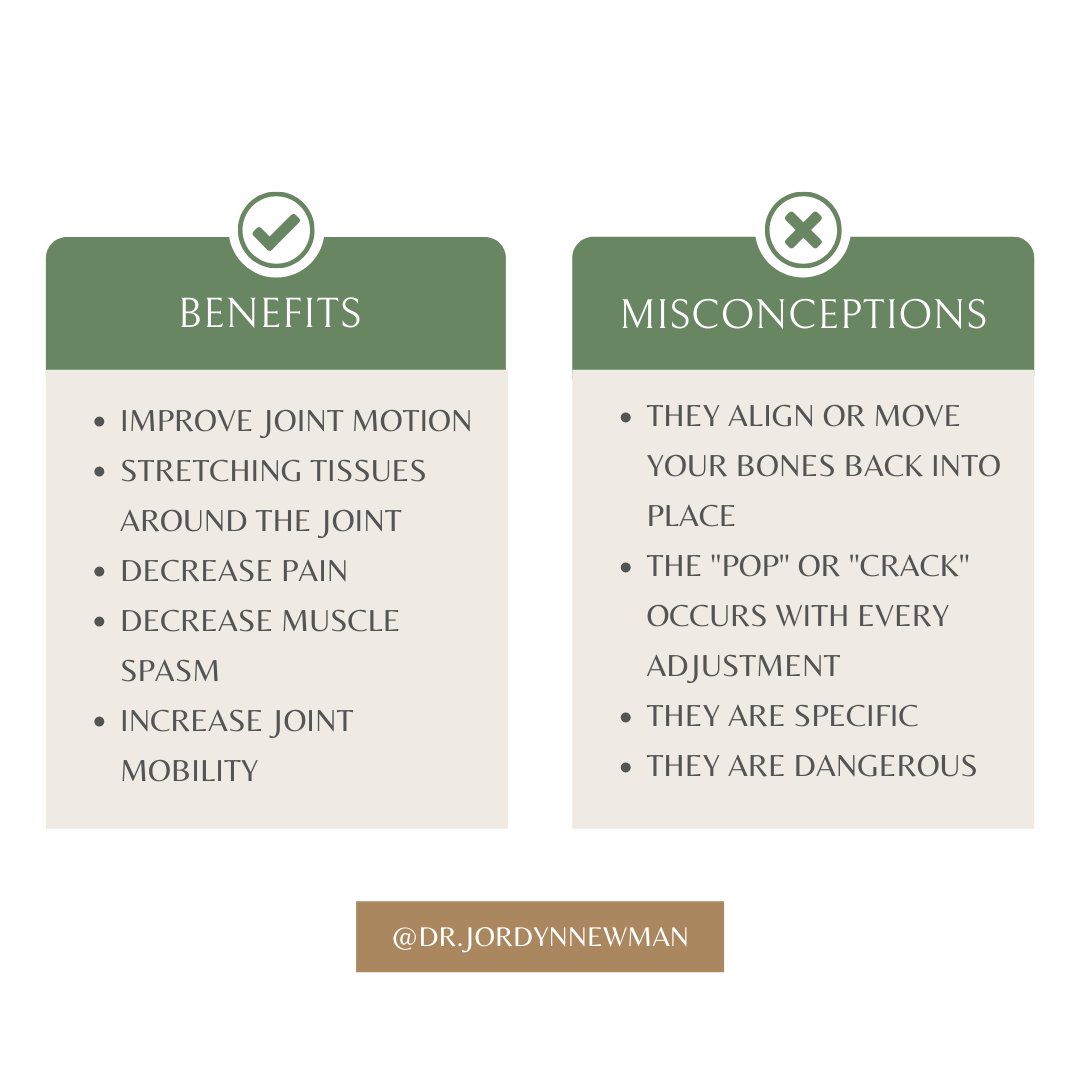The importance of diaphragmatic breathing
A huge portion of being able to move well and functionally is being able to breathe well. As we transition from childhood into adulthood many of us lose the normal breathing pattern of breathing into our bellies and instead breathe up into our chests.
When your breath goes into your chest you don’t activate your diaphragm properly and start to use your “accessory” breathing muscles more, making them tighter and creating extra tension through your chest, neck, and upper back.
Function of the Diaphragm
The function of the diaphragm is to help pull air into the lungs when it contracts by flattening and expanding the chest cavity. When you INhale the diaphragm contracts and moves DOWN towards your belly, and when you EXhale your diaphragm relaxes and moves UP. For many this is counter-intuitive but is very important in order to move functionally.
By breathing into our bellies we can engage our diaphragm and create what is called intra-abdominal pressure or IAP, which is important in providing support and stability for our lumbar spine and to maintain core stability.
How to Activate Your Diaphragm
To activate your diaphragm while breathing you want to imagine your breath is moving down towards your pelvis and expanding outwards through the bottom of your ribs. An easy way to practice this is to lie on your back with your knees bent. Place your hands around your waist with your thumbs on your low back in the space between your ribs and the tops of your hips and the rest of your fingers resting on the lower part of your abdomen. When you inhale slowly, focus on moving your breath towards your thumbs and out into your fingers. Try to breathe nice and easy through your nose for 3-4 counts and let your breath out for 6-8 counts.
Give it a try and don’t worry if you can’t get it on the first try, it’s HARD and it takes lots of PRACTICE. See the video below for a demonstration.
What happens During a Chiropractic Adjustment?
So what is a chiropractic adjustment? In this blog post we are going to dive into what an adjustment is, the benefits of an adjustment, common misconceptions, and what that POPPING sound is when you get adjusted.
An adjustment or manipulation or “getting cracked” is a type of treatment used by chiropractors and other healthcare professionals that is used to move a joint through its end-range of motion (ROM) to create more motion in the surrounding area. It can help improve motion at a certain joint, create a short-term increase in ROM, cause a short-term decrease in pain, and can affect your central nervous system.
It can also stretch the surrounding tissues around the joint, improve neuromuscular function, and stimulate receptors in your joints and pain receptors; which is why a lot of people experience a decrease in pain after having an adjustment!
Below is a list of benefits and some common misconceptions about chiropractic adjustments.
Okay, now that we’ve talked about what an adjustment is, its benefits and some common misconceptions we can dive into what that POPPING sound is! That “popping” sound you may or may not hear with an adjustment is NOT from your bones being “put back in place” or “re-aligned” because your bone was never “out of place” in the first place. The sound you hear is simply the formation of a gas bubble in the synovial fluid that surrounds your joints, and when the joint is moved through its end range of motion that gas bubble is released, creating that popping sound! Pretty cool right?
If you have any more questions about chiropractic care and whether it can benefit you?
Send email inquiries to: dr.jordynnewman@gmail.com


